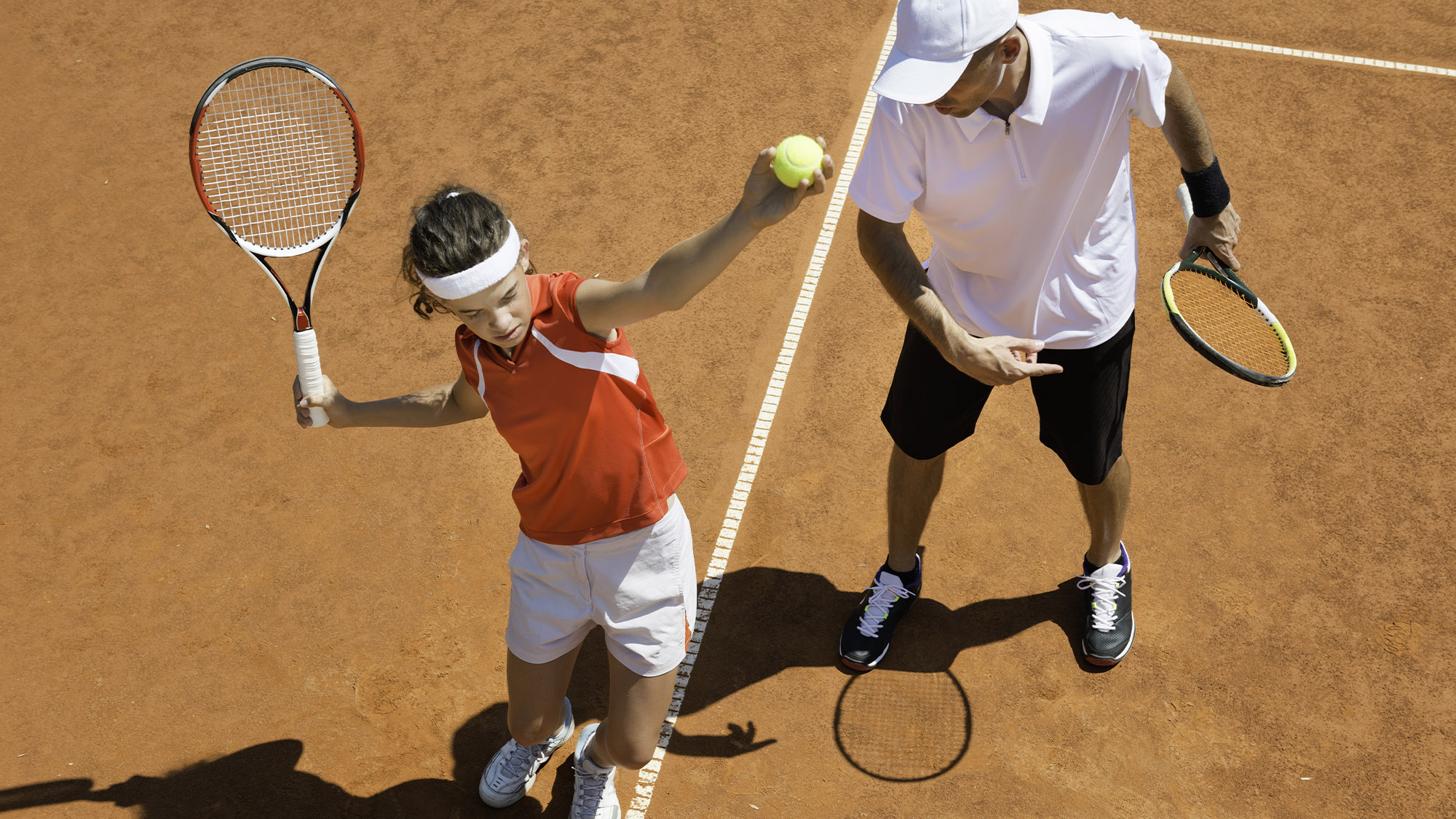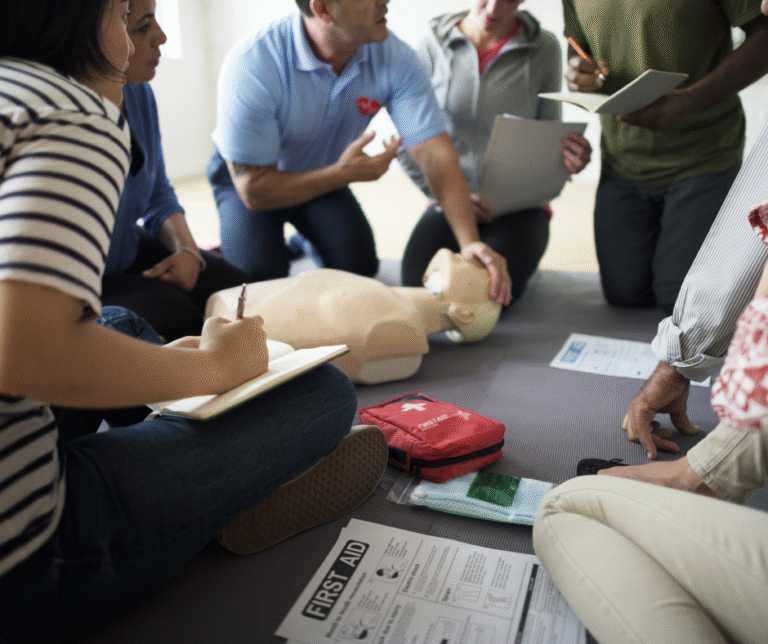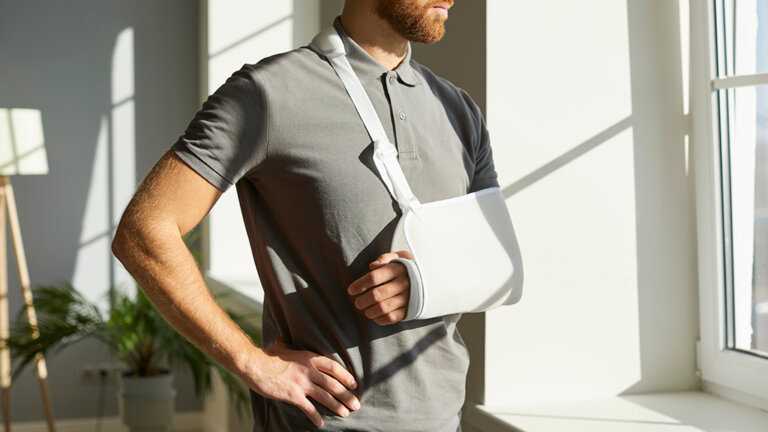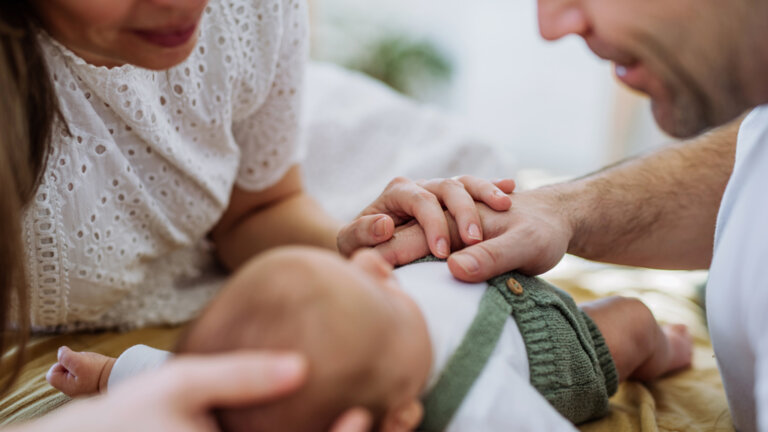Since 11 May, for those who like to do sports are allowed to enjoy certain activities. Swimming pools and gyms should be able to open their doors again, offering numerous possibilities to get back into shape or work out. To ensure you are clear about what is permitted, we set out in detail what is permitted and what is not in each category of sport, along with the good habits to adopt to continue to combat the spread of the virus.
Summary of the Grand-Ducal regulation in force
Remember that before 11 May you could not be on public roads without a valid reason. Only a few individual outdoor activities were permitted, provided you kept 2 metres away from other people. Apart from jogging and cycling, you did not have many other options.
Currently, the regulation permits “non-competitive, outdoor sports activities without physical contact or spectators”. Climbing, kayaking, golf and even tennis have been given the green light.
You must however keep in mind the basic sanitary measures: social distancing and hand hygiene. Wearing a mask remains standard, except during your workout. Finally, showers and changing rooms will remain closed, without exception.

Advice for doing sports safely
Groups
Groups of more than 20 people are again permitted. You may therefore do certain sports with a few friends or sports partners.
Don’t forget, however, to maintain a minimum of 2 metres between each participant.
Consequently, certain types of sport are excluded: rowing in teams, doubles tennis, etc.
For activities such as yoga, fitness or cross-fit training, a floor area of at least four metres square per person should be provided.
Car sharing
It’s OK to enjoy sport among friends, but other good habits will still have to wait. Car sharing, however practical and friendly, is one example is in not yet possible.
Everyone must drive alone to the sports venue… unless you can walk or cycle.
Social distancing
You know the regulation: 2 metres between every individual. This has not changed, however, another measure has been introduced: the trailing distance.
For example, when jogging you must maintain a lateral/ side by side distance of 2 metres and a trailing distance of 10 metres. When cycling, the recommended trailing distance is 20 metres.
This spacing reduces the risk of contagion relating to the aerosol effect of breathing when engaged in sport. Physical activity increases pulmonary/ lung ventilation, which triggers the release of micro-droplets in the exhaled air.
Hand hygiene
Some sports involve handling objects or surfaces that are touched by other people: a ball, a badminton net, etc.
Clubs and organisers make every effort to disinfect everything between sessions, but you should also take all necessary precautions and wash your hands before and after exercising.
Equipment
Sports centres are supposed to disinfect all equipment between uses. However, if you can avoid borrowing equipment and bring your own, this will make it easier and safer for everyone.
Wearing masks
Masks must be worn in all public places or when you cannot maintain a distance of 2 metres with other people.
It is therefore highly likely that you will have to wear one wherever possible (except during exercise).


